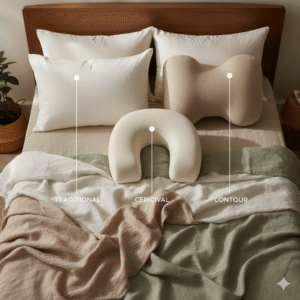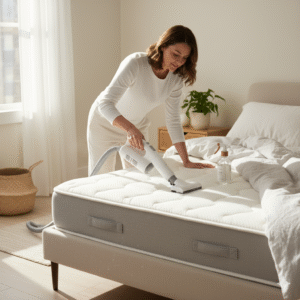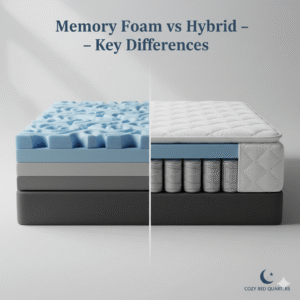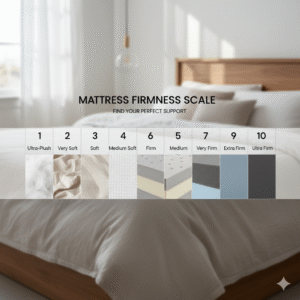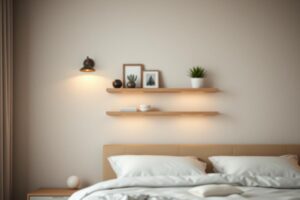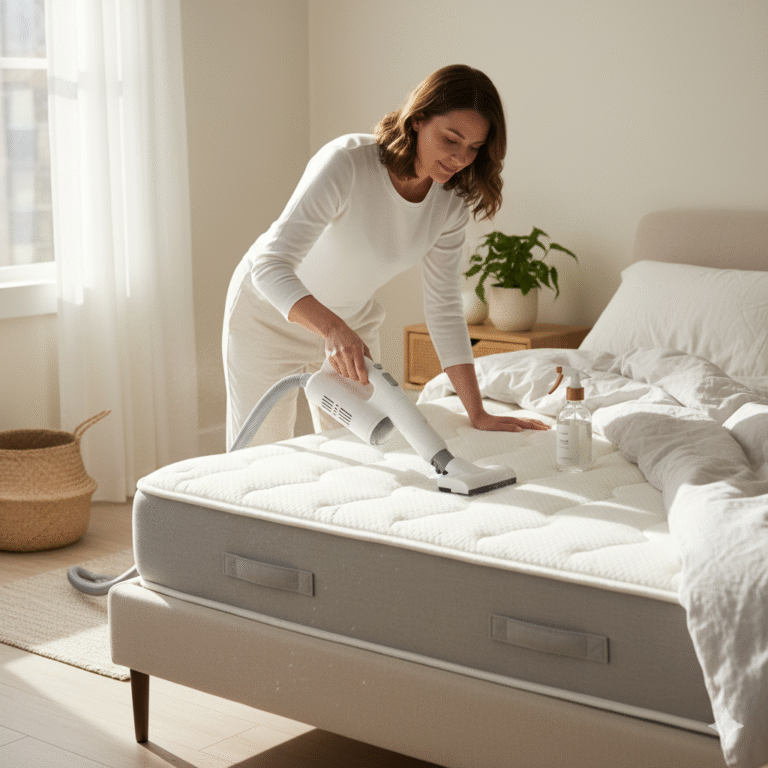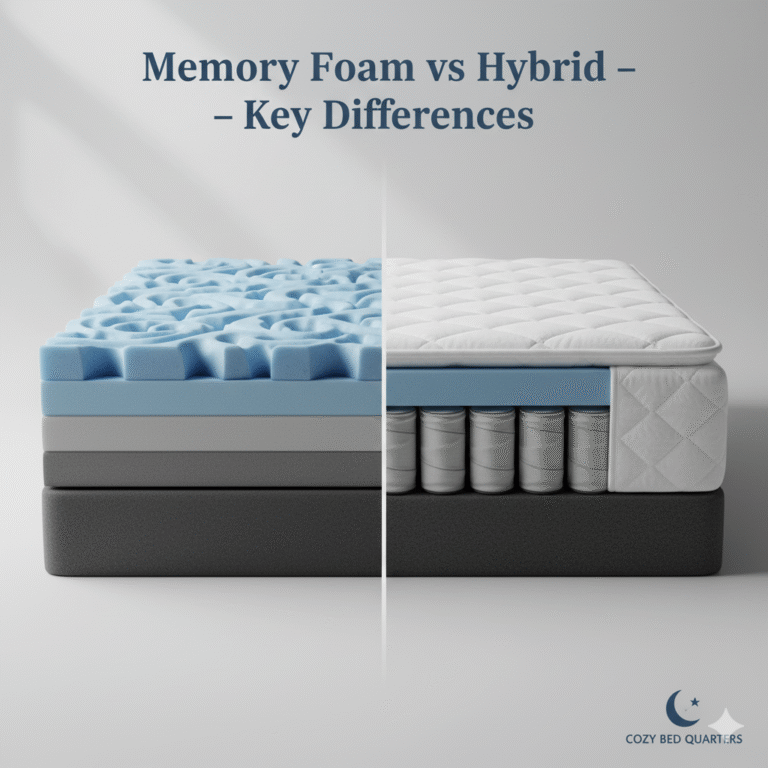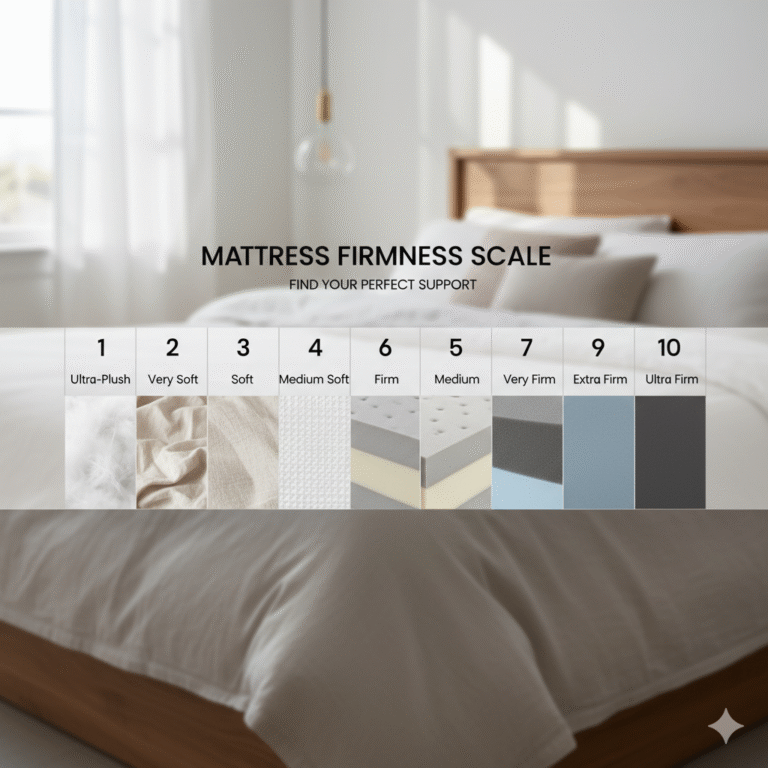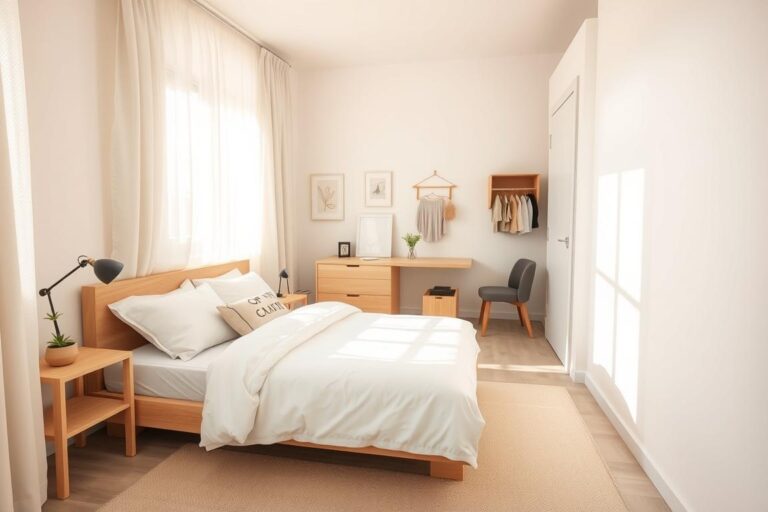Benefits and Drawbacks of Adjustable Beds
Adjustable beds offer a customizable sleep experience, catering to various health and comfort needs. However, they come with their own set of considerations. Understanding the benefits and drawbacks of adjustable beds can help you make an informed decision for your sleep setup.
Key Takeaways
- Adjustable beds provide enhanced comfort and can alleviate certain health issues.
- They offer features like customizable positions, which can aid in better sleep quality.
- Potential drawbacks include higher costs and compatibility concerns with existing mattresses.
- Understanding both pros and cons is essential before investing in an adjustable bed.
Understanding Adjustable Beds
Adjustable beds, also known as adjustable bases, allow users to modify the position of the bed to suit individual comfort and health needs. These beds can elevate the head, feet, or both, providing various configurations that can aid in reducing snoring, alleviating back pain, and improving circulation. Explore our full overview of adjustable bed types for more insights.

How Do They Work?
Adjustable beds operate through a motorized base that can be controlled via remote or smartphone apps. Users can adjust the bed’s position to find the most comfortable angle for sleeping, reading, or watching TV. Some models come with additional features like massage functions, USB ports, and under-bed lighting.
Benefits of Adjustable Beds
Enhanced Comfort and Customization
One of the primary advantages of adjustable beds is the ability to customize sleeping positions. This flexibility can lead to improved comfort, especially for individuals with specific health conditions or those who prefer certain sleeping postures. For couples seeking individualized comfort, adjustable beds offer versatility that caters to both partners’ needs.

Health Benefits
- Alleviation of Back Pain: Elevating the head and feet can reduce pressure on the lower back, providing relief from chronic pain.
- Improved Circulation: Adjusting the bed to elevate the legs can enhance blood flow, which is beneficial for individuals with circulatory issues.
- Reduction in Snoring and Sleep Apnea Symptoms: Elevating the head can help keep airways open, reducing snoring and symptoms of sleep apnea. According to the Sleep Foundation, sleeping with the head elevated can significantly reduce snoring.
Convenience Features
Modern adjustable beds often come equipped with features that enhance convenience and relaxation:
- Massage Functions: Built-in massagers can help relax muscles and promote better sleep.
- USB Ports: Charging devices becomes more accessible with integrated USB ports.
- Under-Bed Lighting: Soft lighting can assist in nighttime navigation without disturbing sleep.

Drawbacks of Adjustable Beds
Higher Costs
Adjustable beds are generally more expensive than traditional bed frames and mattresses. The added technology and features contribute to the increased price point. For those considering a king-size option, it’s important to review the best adjustable bed frames for king mattresses to ensure value for money.
Compatibility Issues
Not all mattresses are compatible with adjustable bases. It’s essential to ensure that your mattress can bend and flex without damage. Additionally, some bed frames may not accommodate the size or movement of an adjustable base. For guidance on suitable mattresses, refer to our best mattresses for inclined bed therapy guide.
Complexity and Maintenance
The mechanical components of adjustable beds can require maintenance over time. Motors and electronic parts may need repairs, and the complexity of the system can make troubleshooting more challenging compared to traditional beds. The Mayo Clinic emphasizes the importance of regular maintenance to ensure optimal sleep health.

Weight and Mobility
Adjustable beds are typically heavier than standard beds, making them more difficult to move. This can be a consideration for those who relocate frequently or need to rearrange their bedroom setup.
Is an Adjustable Bed Right for You?
Deciding whether to invest in an adjustable bed depends on individual needs and preferences. If you experience chronic pain, have specific health conditions, or value customizable comfort, an adjustable bed may enhance your sleep quality. However, it’s crucial to weigh the benefits against potential drawbacks like cost and compatibility. For a deeper understanding of how adjustable beds can be tailored to individual needs, explore our article on adjustable beds for customized sleep.
Understanding the benefits and drawbacks of adjustable beds is key to making an informed decision that aligns with your comfort and health needs.
FAQ
- Can I use my existing mattress with an adjustable bed?
- It depends on the mattress type. Memory foam, latex, and certain hybrid mattresses are typically compatible, but innerspring mattresses may not flex appropriately.
- Do adjustable beds help with acid reflux?
- Yes, elevating the head can prevent stomach acid from rising into the esophagus, reducing symptoms of acid reflux. The WebMD notes that sleeping with the head elevated can alleviate acid reflux symptoms.
- Are adjustable beds noisy?
- Modern adjustable beds are designed to operate quietly. However, some noise may be noticeable during adjustments or when using features like massage functions.
- Is assembly difficult?
- Assembly complexity varies by model. Some adjustable beds are straightforward to set up, while others may require professional assistance.
- Do adjustable beds consume a lot of electricity?
- Adjustable beds use minimal electricity, primarily when adjusting positions or using additional features. They are energy-efficient and safe for regular use.


